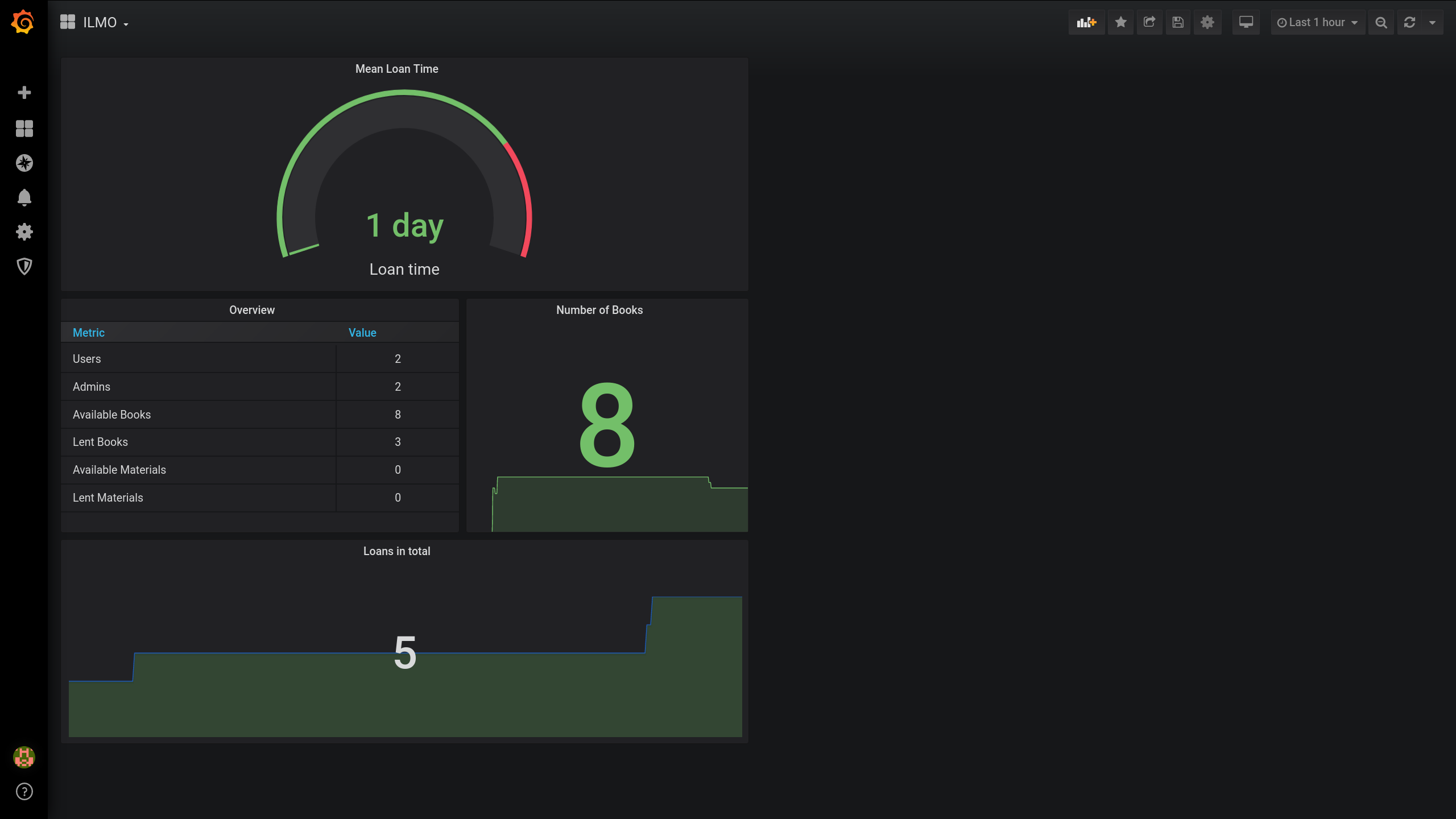Monitoring
Notfellchen should, like every other software, be easy to monitor. Therefore a basic metrics are exposed to https://notfellchen.org/metrics. The data is encoded in JSON format and is therefore suitable to bea read by humans and it is easy to use it as data source for further processing.
Exposed Metrics
users: number of users (all roles combined)
staff: number of users with staff status
adoption_notices: number of adoption notices
adoption_notices_by_status: number of adoption notices by major status
adoption_notices_without_location: number of location notices that are not geocoded
Example workflow
To use the exposed metrics you will usually need a time series database and a visualization tool.
As time series database we will utilize InfluxDB, the visualization tool will be Grafana.
InfluxDB and Telegraf
First we install InfluxDB (e.g. with docker, be aware of the security risks!).
# Pull the image
$ sudo docker pull influxdb
# Start influxdb
$ sudo docker run -d -p 8086:8086 -v influxdb:/var/lib/influxdb --name influxdb influxdb
# Start influxdb console
$ docker exec -it influxdb influx
Connected to http://localhost:8086 version 1.8.3
InfluxDB shell version: 1.8.3
> create database monitoring
> create user "telegraf" with password 'mypassword'
> grant all on monitoring to telegraf
Note
When creating the user telegraf check the double and single quotes for username an password.
Now install telegraf and configure etc/telegraf/telegraf.conf. Modify the domain and your password for the InfluxDB database.
1# Global tags can be specified here in key="value" format.
2[global_tags]
3
4
5# Configuration for telegraf agent
6[agent]
7 interval = "10s"
8 round_interval = true
9 metric_batch_size = 1000
10 metric_buffer_limit = 10000
11 collection_jitter = "0s"
12 flush_interval = "10s"
13 flush_jitter = "0s"
14
15# Configuration for sending metrics to InfluxDB
16[[outputs.influxdb]]
17 urls = ["http://:::8086"]
18 database = "telegraf"
19 skip_database_creation = true
20 username = 'telegraf'
21 password = 'yourpassword'
22
23[[inputs.http]]
24 urls = ["https://notfellchen.org/metrics/"]
25 name_override = "notfellchen"
26 #Data from HTTP in JSON format
27 data_format = "json"
28
Graphana
Now we can simply use the InfluxDB as data source in Grafana and configure until you have beautiful plots!

Healthchecks
You can configure notfellchen to give a hourly ping to a healthchecks server. If this ping is not received, you will get notified and cna check why the celery jobs are no running. Add the following to your notfellchen.cfg and adjust the URL to match your check. .. code:
[monitoring]
healthchecks_url=https://health.example.org/ping/5fa7c9b2-753a-4cb3-bcc9-f982f5bc68e8